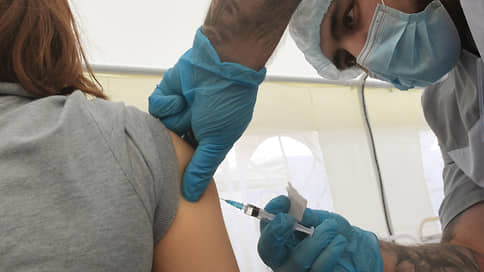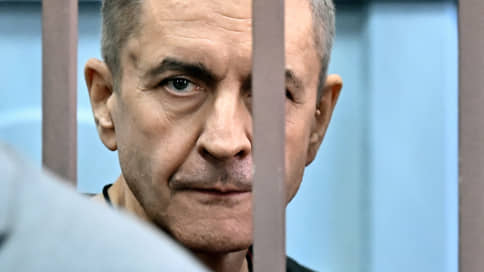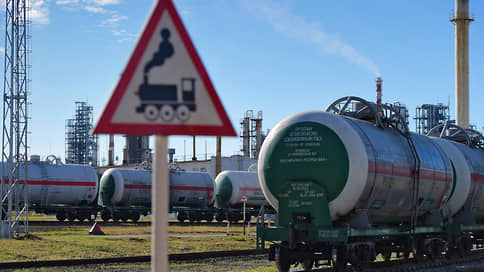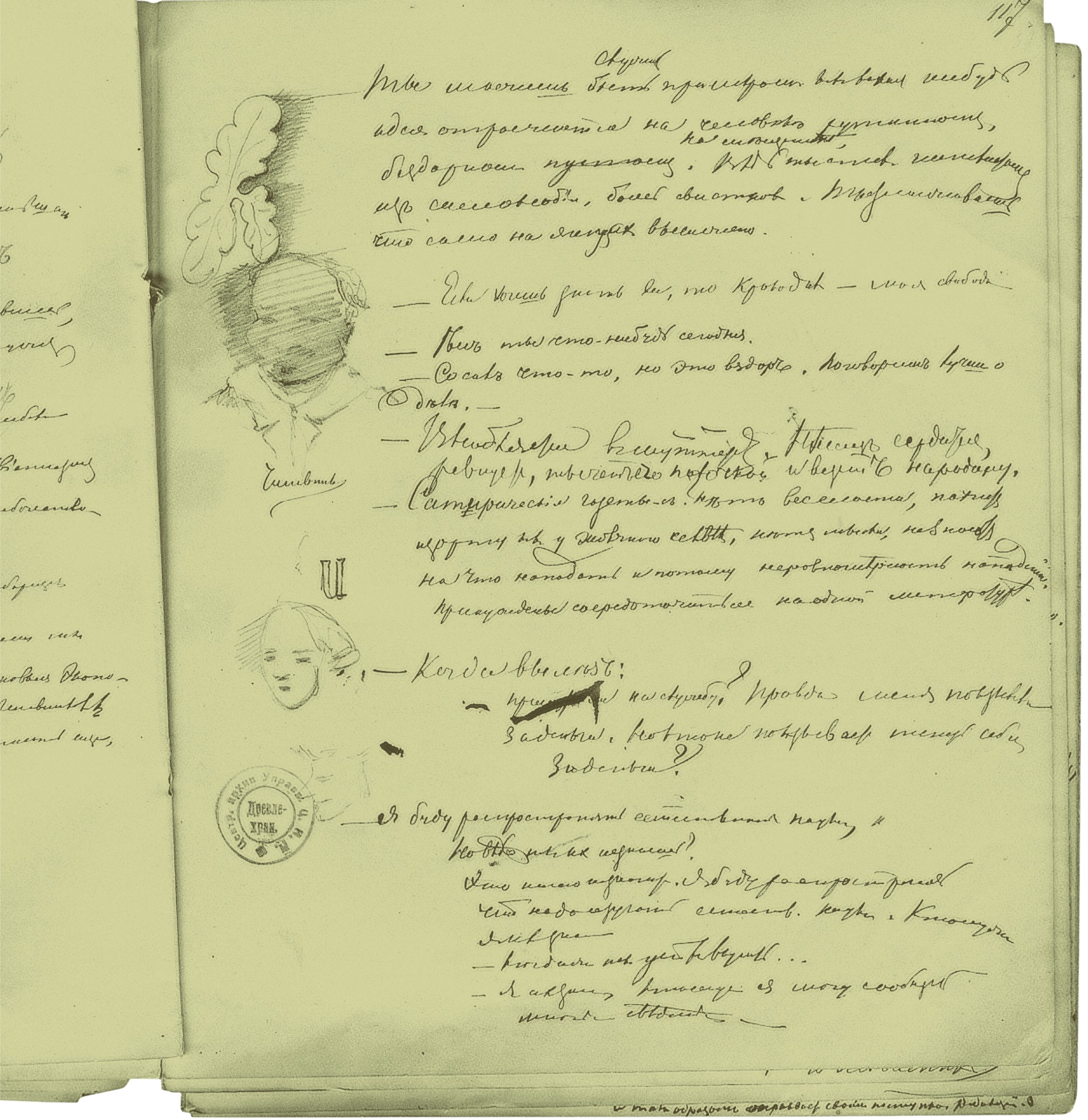where in Russia they are purchased and who is available

Moscow and the Chelyabinsk region are leaders in the fight against the dangerous virus of human papillomas (HPV), and the analysts of the public procurement market established. These two regions account for more than half of all purchases of vaccines that prevent the occurrence of cervical cancer. A third of the constituent entities of the Russian Federation do not acquire such vaccines at all, others order them in “insignificant” volumes. At the same time, statistics show that the incidence of cervical cancer is higher precisely in regions not covered by vaccination.
The project analysis project “Tenderoscope” has conducted a large -scale study of the provision of Russian regions with a vaccine from the human papilloma virus (HPV). Analysts have collected data on the purchase of two CERVERS and Gardasil drugs available in the Russian Federation by state medical institutions in the framework of 44-FZ-from 2014 to the first quarter of 2025.
Recall that HPV is one of the most common viral infections transmitted by sexually (as well as with close contact of the skin). Most of the people who are active in their sex life are infected. Most often, the immune system copes with the virus – but not always. There are about 150 HPV strains, of which 14 cause various types of cancer. The most dangerous of them are 16 and 18 strains, which in 70% of cases lead to the development of cervical cancer (RSM). This is the fourth in prevalence in women oncological disease: in the world about 350 thousand patients die annually. At the same time, RSM can be successfully prevented by vaccination. The optimal age is the period from 9 to 13 years, but doctors recommend vaccinating from HPV and later – up to 45 years.
VCV vaccination is included in the national calendars of 147 countries; In Russia, they plan to do this in 2026 – then it will become free and affordable for all citizens.
In the meantime, the level of immunization of the population depends on the regional authorities who purchase the appropriate vaccines – or do not do it.
Tenderskop analysts took data in more than ten years from the open part of the unified information system in the field of procurement (UIS). Since 2014, it recorded 713 contracts for the supply of 1.28 million doses of vaccines against HPV for a total of about 10 billion rubles. And these purchases are “extremely unevenly” distributed by regions, “tenderoscope” notes (see data on the diagram). The largest volumes are noted in subjects implementing large -scale immunization programs. With a huge margin, Moscow leads here, where VPV vaccination is included in the regional vaccination calendar: since 2009 it has been available to all girls 12-13 years old. For the period being studied by analysts, the capital spent about 4.4 billion rubles on VPV vaccines against HPVs. This is almost half of the total procurement in the country. The second place (almost 19%) in the Chelyabinsk region, where the program of free vaccination from HPV has been implemented since 2020. In third place, the Sverdlovsk region, which purchased 5% of the total-there in 2022 the free vaccination of teenage girls began.
About a third of the Russian regions are not purchased at all (there are no data on such contracts concluded with Tyvoy, Adygea, Dagestan, etc.).
In other subjects of purchases, “one -time insignificant in nature” is of a “one -time.” For example, since 2014, Buryatia spent about 20 million rubles for these purposes. And the Trans -Baikal Territory for all the time bought only 12 doses of the vaccine (they cost 56 thousand rubles).
Researchers indicate that in regions with the lowest purchases of vaccines the most poor indicators of the prevalence of the cervix cancer are recorded. The average standardized incidence rate of the RSM in Russia is about 13 cases per 100 thousand women. In Buryatia, it reaches 44.34 cases per 100 thousand, in Tuva – 39.64 per 100 thousand, in the Trans -Baikal Territory – 28.32 per 100 thousand, in the Sakhalin region – 25.10 per 100 thousand and the lowest incidence rate was recorded in Moscow – 6.8 cases per 100 thousand more than 16. There are 100 thousand cases. However, analysts note that the cervical cancer develops gradually: « The effect of the vaccination of adolescents (mainly 12-year-olds) will become obvious only after years (when the vaccinated generation enters the age of risk). »
In Moscow, vaccination from the most common oncogenic types of human papillomas virus is available to all girls 12-13 years as part of the regional vaccination calendar, Kommersant was confirmed by the Department of Health of the capital. Over the past five years, vaccination coverage has grown almost three times, officials said. The department emphasizes that the fight against cervical cancer includes not only vaccination against HPV, but also regular preventive observation by a gynecologist. “In the past two years, thanks to the active preventive work of the obstetric and gynecological network, we began to detect more cervical cancer at the zero stage. This means that treatment can be carried out as efficiently as possible, ”the Moscow Department said. In other regions mentioned in the study, they could not quickly provide a comment “Kommersant”.
The infectious disease specialist, chief physician of the Invitro clinical and diagnostic laboratory, Andrei Pozdnyakov, indicates that men are necessary to vaccinate: vaccinated are ceased to be carriers of HPV and do not give it to women. Suna Isakova, an oncologist of the SberZdorovye medical company, notes that HPV is dangerous for men-he can also lead to genital cancer. “It is recommended to carry out vaccination from 9 to 45 years,” she says. “Such a range has been selected, since there has not been studies that have been conducted that confirm the effectiveness of the vaccine among persons over 45 years old. Nevertheless, this is not a reason to refuse vaccination. ”








